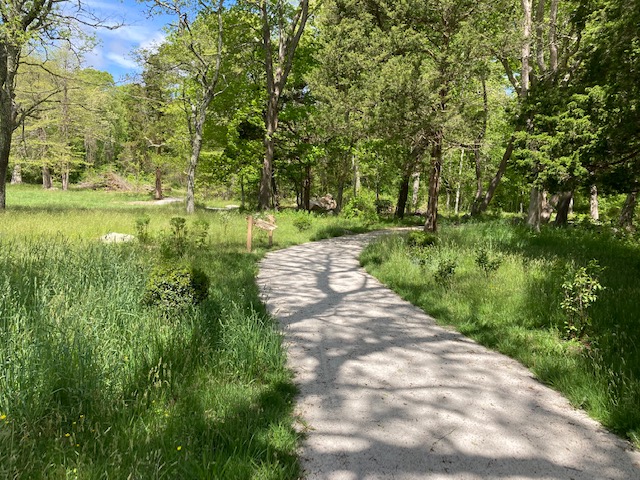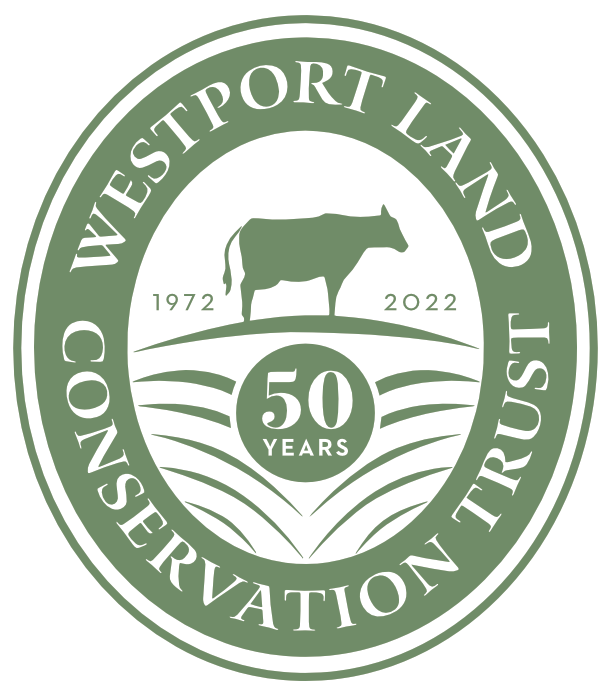
The native plantings along the new woodland path at Westport Woods are representative of the modern approach to ecological horticulture and restoration. When people hear the word native many different definitions may run through their head. These definitions may be defined by time (pre-colonial), place (state lines) or Ecoregion. An Ecoregion defines an area by geology, hydrology and soil type which provide a much more accurate picture of where certain plants thrive.
When we look at New England on an Ecoregion map (Level 3) we see that nativity actually extends much farther south than one may initially think into parts of New York, New Jersey, and Pennsylvania. This is important to note because gradually rising temperatures around the globe require planting for the future. At times, this means looking south to see what natives perform best in warmer temperatures.
The majority of the plantings are native to New England such as Rhododendron maxima (Great Laurel), Prunus maritima (Beach Plum), Vaccinium corymbosum (Highbush Blueberry) and Comptonia peregrina (Sweetfern). Some of the natives we find farther south include Hydrangea quercifolia (Oakleaf Hydrangea) and Gymnocladus dioicus (Kentucky-Coffee Tree). Planting for the future is important in order to ensure the long term health of our ecosystems and including species that have migration potential is a great way to mitigate the inevitable change.
The new plantings place an emphasis on foraging for birds and small mammals while increasing winter appeal. Shrubs like Ilex verticillata (Winterberry) and Aronia arbutifolia (Red Chokeberry) provide nutritious red berries to birds in early winter while shrubs like Kalmia latifolia (Mountain Laurel) and Ilex glabra (Inkberry) bring an evergreen element to provide cover. As you walk the path throughout the year you will have a chance to see the plants change, adapt and evolve into the landscape. Perennials, bulbs and ephemerals will be added throughout the year.
The path features new children’s play elements and will host an installation from artist Hanna Vogel. Addtional items for the future will include seating, signage with braille, and a guide for the visually impaired. The pathway was made possible by BayCoast Bank and a local family. So, keep an eye out for new things as the project evolves and enjoy a peaceful, regenerative walk on the new woodland path at Westport Woods.

